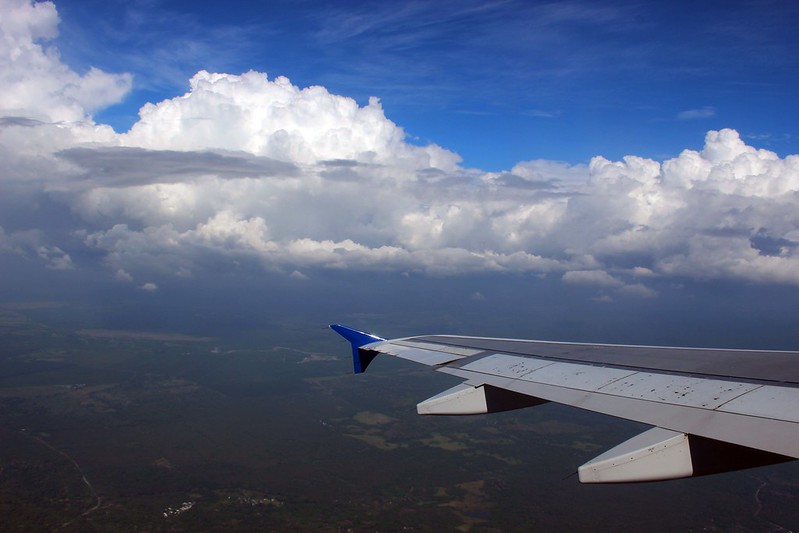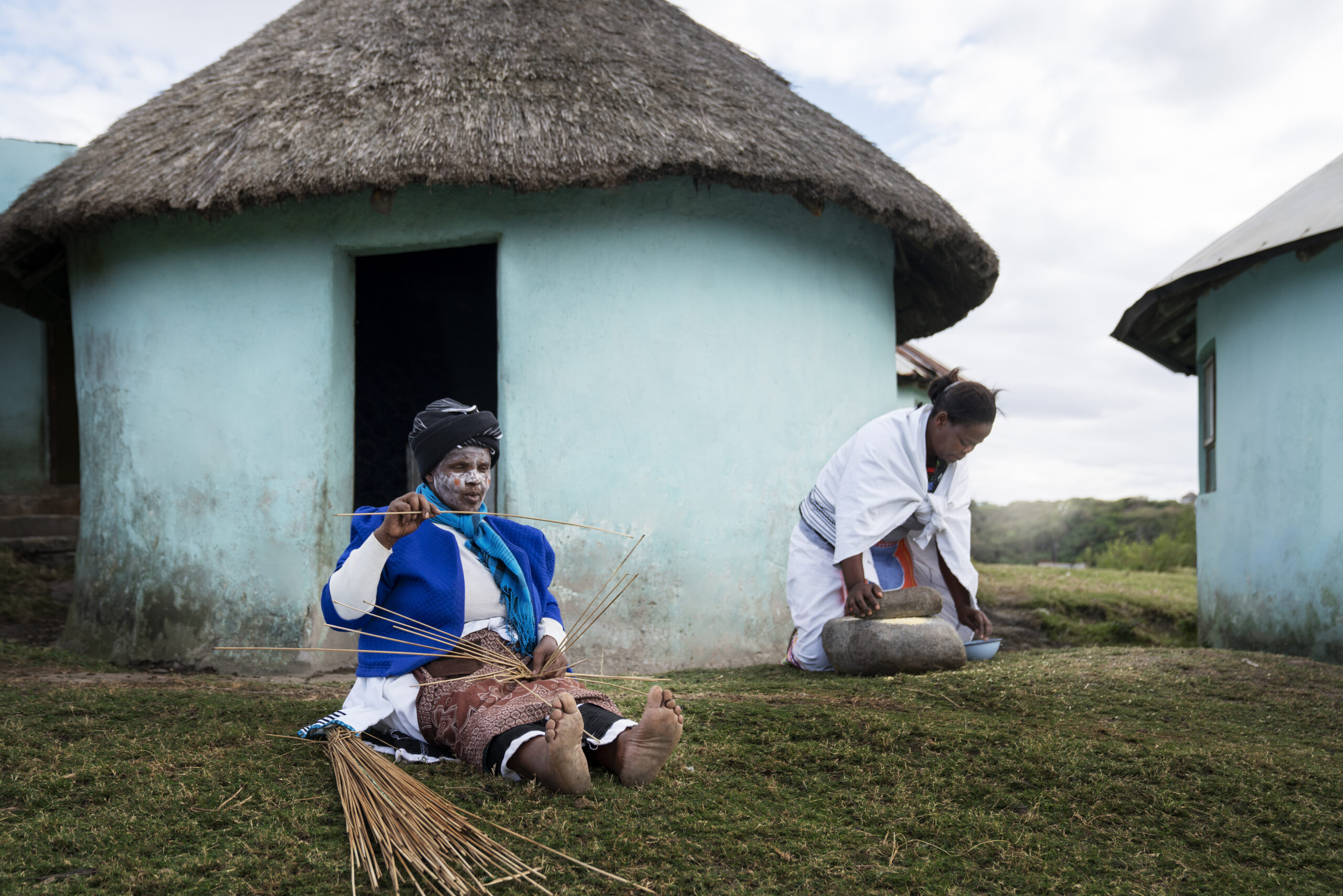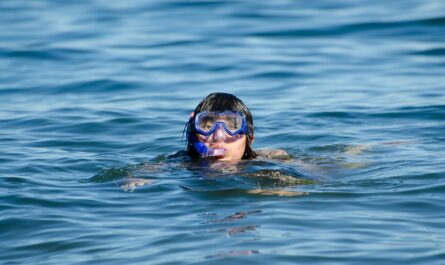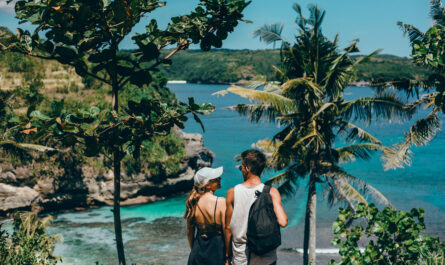Guadalcanal, the largest island in the Solomon Islands, is a destination steeped in natural beauty and rich cultural heritage. While its history is often associated with the pivotal battles of World War II, Guadalcanal’s ecological treasures are equally deserving of recognition. Its pristine rainforests, vibrant coral reefs, and cascading waterfalls make it a paradise for eco-tourists seeking sustainable travel experiences. The island’s eco-tourism initiatives emphasize conservation, community engagement, and cultural preservation, offering visitors a chance to explore its wonders responsibly.
This article dives deep into Guadalcanal’s eco-tourism opportunities, highlighting its natural attractions, conservation efforts, and the importance of sustainable travel in preserving its unique ecosystems.
1. Guadalcanal’s Natural Treasures
Guadalcanal boasts a diverse range of ecosystems, from lush rainforests and volcanic mountains to coral reefs and mangrove forests. These habitats support a wealth of biodiversity, making the island a hotspot for nature lovers and adventure seekers.
Rainforests and Wildlife
The island’s rainforests are home to a variety of endemic plant and animal species. Towering trees, vibrant orchids, and exotic birds such as the Solomon Islands sea eagle make Guadalcanal a haven for wildlife enthusiasts. Hiking through these forests offers a chance to experience nature in its purest form.
- Mount Popomanaseu: As the highest peak in the Solomon Islands, Mount Popomanaseu provides stunning panoramic views and challenging trails for adventurous hikers. The mountain is surrounded by dense rainforest, offering opportunities to spot rare species like the Guadalcanal honeyeater.
Waterfalls and Rivers
Guadalcanal’s waterfalls are among its most enchanting features. Nestled within the island’s interior, these cascading falls are surrounded by lush greenery and provide a serene escape for eco-tourists.
- Tenaru Falls: Known for its towering height and crystal-clear waters, Tenaru Falls is a must-visit destination for nature lovers.
- Mataniko Falls: This picturesque waterfall is accessible via a guided hike and is steeped in both natural beauty and historical significance, as the caves nearby were used during WWII.
Marine Ecosystems
Guadalcanal’s coastline is fringed with coral reefs that support a diverse array of marine life, from colorful fish and sea turtles to sharks and rays. The island’s surrounding waters offer excellent opportunities for snorkeling and diving.
- Bonegi Beach: Famous for its shipwreck dive sites, Bonegi Beach combines history and marine exploration, allowing divers to explore sunken WWII relics.
2. Eco-Tourism Activities in Guadalcanal
Eco-tourism in Guadalcanal offers a wide range of activities designed to minimize environmental impact while providing enriching experiences. From hiking and birdwatching to snorkeling and cultural tours, the island caters to all types of eco-conscious travelers.
Hiking and Birdwatching
Guadalcanal’s rainforests are crisscrossed with trails that lead to scenic viewpoints, hidden waterfalls, and rich bird habitats. Guided hikes with local experts provide insights into the island’s flora, fauna, and cultural traditions.
Snorkeling and Diving
The island’s coral reefs are teeming with marine life, making snorkeling and diving popular activities. Eco-friendly operators focus on reef conservation and educate visitors about the importance of marine ecosystems.
Village Tours
Cultural immersion is a key aspect of eco-tourism in Guadalcanal. Visitors can participate in traditional ceremonies, learn about local crafts, and enjoy home-cooked meals prepared with fresh, locally sourced ingredients. These tours support local communities and foster cross-cultural understanding.
3. Conservation Efforts on Guadalcanal
Preserving Guadalcanal’s natural beauty and biodiversity is a priority for both local communities and conservation organizations. Eco-tourism plays a vital role in funding and promoting these efforts.
Marine Protected Areas (MPAs)
Several MPAs have been established around Guadalcanal to safeguard its coral reefs and marine life. These zones prohibit destructive practices such as overfishing and coral harvesting, ensuring the health of marine ecosystems.
Reforestation Initiatives
Deforestation poses a significant threat to Guadalcanal’s rainforests. Community-led reforestation programs aim to restore degraded areas by planting native tree species, promoting sustainable land use, and raising awareness about the importance of forest conservation.
Wildlife Protection
Efforts to protect endemic species such as the Solomon Islands sea eagle and the Guadalcanal honeyeater include habitat preservation, monitoring programs, and educational campaigns.
4. Challenges to Eco-Tourism in Guadalcanal
Despite its potential, eco-tourism in Guadalcanal faces several challenges that must be addressed to ensure long-term sustainability.
Climate Change
Rising temperatures, coral bleaching, and sea level rise threaten Guadalcanal’s ecosystems. Climate change mitigation strategies, such as renewable energy adoption and community-based adaptation plans, are essential for preserving the island’s natural resources.
Deforestation and Habitat Loss
Logging and agricultural expansion have led to habitat destruction in parts of Guadalcanal. Strengthening regulations and promoting eco-friendly practices are crucial to preventing further loss.
Infrastructure Development
Balancing the need for tourism infrastructure with environmental preservation is a delicate task. Eco-tourism initiatives must prioritize low-impact development that aligns with sustainability goals.
5. How to Travel Sustainably in Guadalcanal
Eco-tourism is not just about exploring nature; it’s about doing so responsibly. Here are some tips for travelers seeking to minimize their impact while visiting Guadalcanal:
Choose Eco-Friendly Accommodations
Look for lodges and resorts that prioritize sustainability, such as using renewable energy, reducing waste, and supporting local communities.
Support Local Businesses
Opt for locally operated tours, buy handmade crafts, and dine at local restaurants. Supporting local businesses ensures that tourism revenue benefits the community.
Practice Leave No Trace
Follow the principles of Leave No Trace by disposing of waste properly, avoiding single-use plastics, and respecting wildlife and natural habitats.
Respect Cultural Norms
Learn about local customs and traditions before visiting. Dress modestly when visiting villages, ask for permission before taking photographs, and engage respectfully with community members.
6. The Role of Local Communities in Eco-Tourism
The success of eco-tourism in Guadalcanal hinges on the active involvement of local communities. By integrating traditional knowledge with modern conservation practices, communities play a crucial role in preserving the island’s natural and cultural heritage.
Cultural Heritage Preservation
Eco-tourism provides a platform for local communities to share their traditions, crafts, and stories with visitors. This not only enriches the tourist experience but also helps preserve cultural practices for future generations.
Economic Benefits
Eco-tourism generates income for local communities through job creation, handicraft sales, and cultural performances. These economic benefits incentivize conservation efforts and reduce reliance on environmentally harmful practices.
7. Why Guadalcanal Stands Out as an Eco-Tourism Destination
Guadalcanal’s unique combination of natural beauty, historical significance, and cultural richness makes it a standout eco-tourism destination. Unlike more commercialized locations, the island offers an authentic experience where visitors can immerse themselves in untouched landscapes and vibrant traditions.
Off-the-Beaten-Path Appeal
Guadalcanal’s relative remoteness adds to its charm. Travelers seeking solitude and authenticity will find the island’s unspoiled environment and warm hospitality refreshing.
Diverse Attractions
From rainforests and waterfalls to coral reefs and historical sites, Guadalcanal offers something for every eco-tourist. Its diverse attractions cater to adventure seekers, history buffs, and nature lovers alike.
Conclusion: Preserving Guadalcanal’s Wonders
Eco-tourism in Guadalcanal is about more than just exploring the island’s natural and cultural treasures—it’s about fostering a deeper connection with the environment and the people who call it home. By choosing sustainable travel practices, visitors can contribute to the conservation of Guadalcanal’s unique ecosystems while supporting the well-being of local communities.
As you hike through its rainforests, dive into its vibrant reefs, or participate in a traditional village ceremony, you’ll discover that Guadalcanal is more than a destination—it’s an experience that stays with you long after you leave. With its commitment to sustainability and authenticity, Guadalcanal invites you to be part of a journey that preserves nature’s wonders for generations to come.



